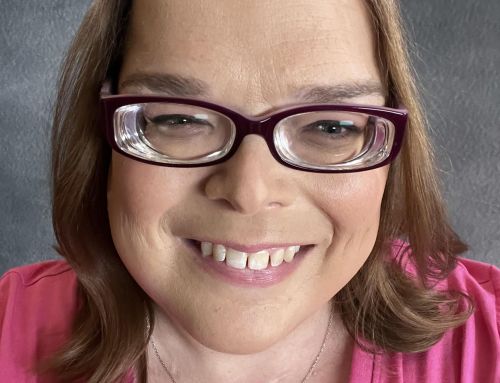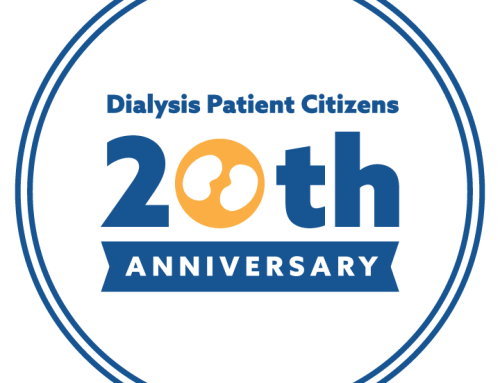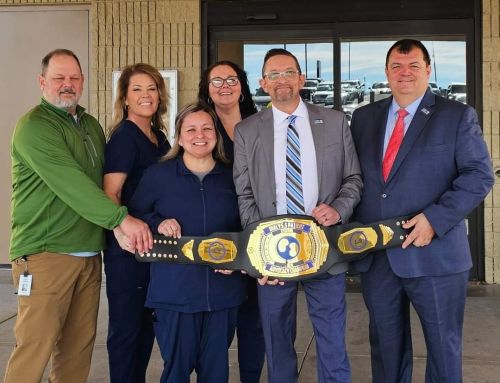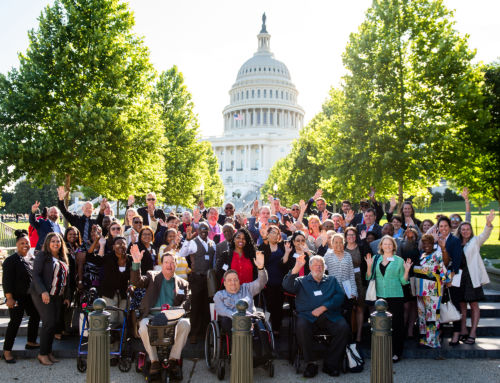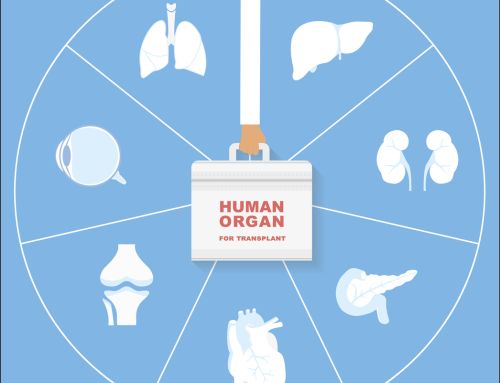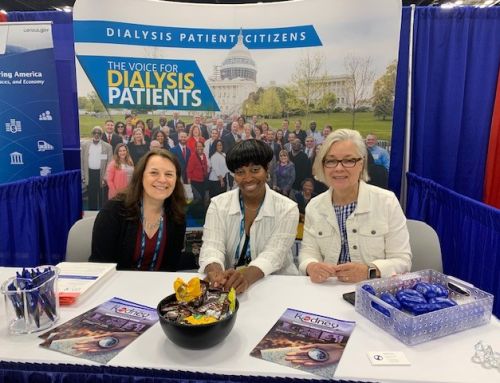On September 18, the Centers for Medicare & Medicaid Services (CMS) announced it finalized the End-Stage Renal Disease Treatment Choices (ETC) Model. The ETC Model was a cornerstone of President Trump’s Advancing Kidney Health Executive Order in 2019. It encourages an increased use of home dialysis and kidney transplants in approximately 30 percent of dialysis facilities and nephrology practices and will be implemented on January 1, 2021. CMS estimated reduced expenditures of $23 million over five and a half years, anticipating that providers assigned to the program will be penalized for not meeting standards.
DPC and many other kidney groups opposed this program for cutting expenditures on kidney care rather than funding demonstrations of new techniques to increase home dialysis and access to transplants.
The Trump Administration stated that the current Medicare payment system and a lack of beneficiary education may encourage in-center hemodialysis as the default treatment for patients beginning dialysis, and that having to travel to dialysis centers for their treatment also potentially exposes those with ESRD to illnesses like COVID-19.
The ETC Model awards bonuses and levies penalties on providers to incentivize them to encourage home dialysis and kidney transplants. Dialysis facilities and clinicians will have payments adjusted based on the rate of home patients and their transplant rate calculated as the sum of the transplant waitlist rate and the living donor transplant rate. Transplant waitlisting means that a beneficiary becomes eligible to get a kidney when one becomes available at their transplant center.
The agency said that providers are encouraged to have early conversations with patients about treatment options. All beneficiaries attributed to participants in the ETC Model will maintain freedom of choice among healthcare providers, and all current beneficiary protections under Medicare are maintained in the Model.
On the same day, the Health Resources and Services Administration issued a rule to remove financial barriers to organ donation by expanding the scope of reimbursable expenses incurred by living organ donors to include lost wages, and child-care and elder-care expenses incurred by a caregiver.






